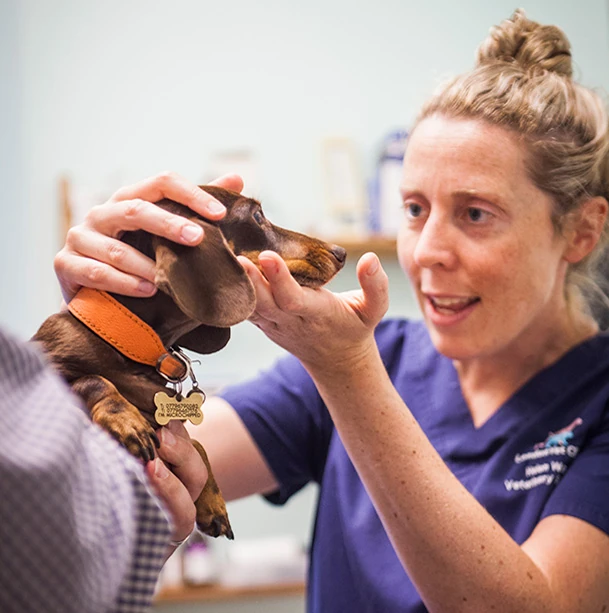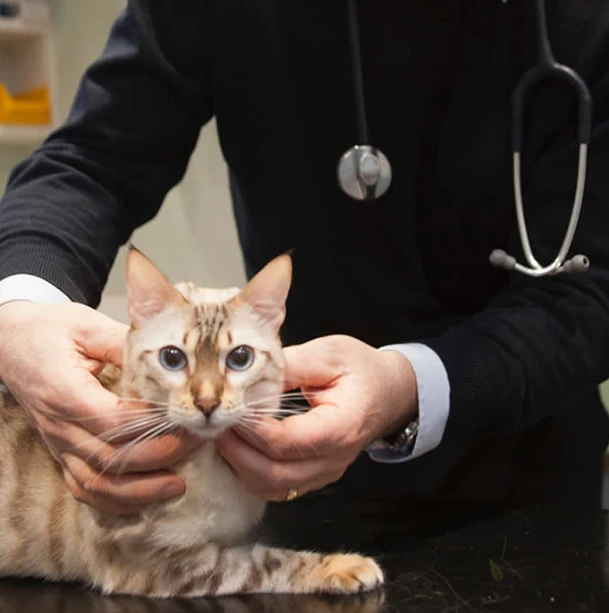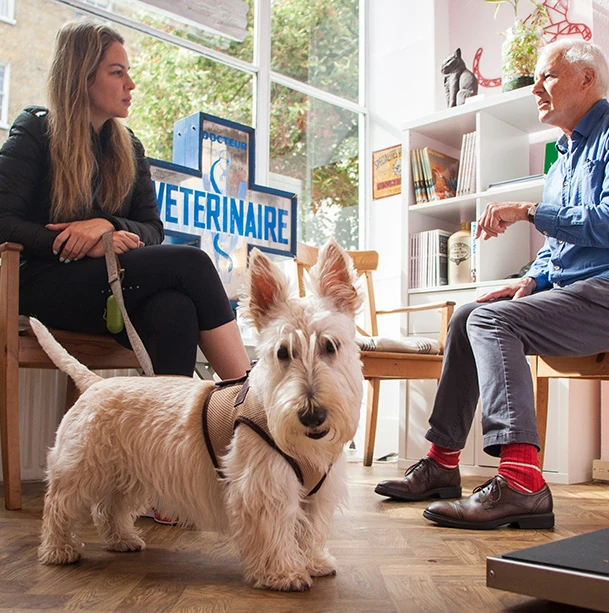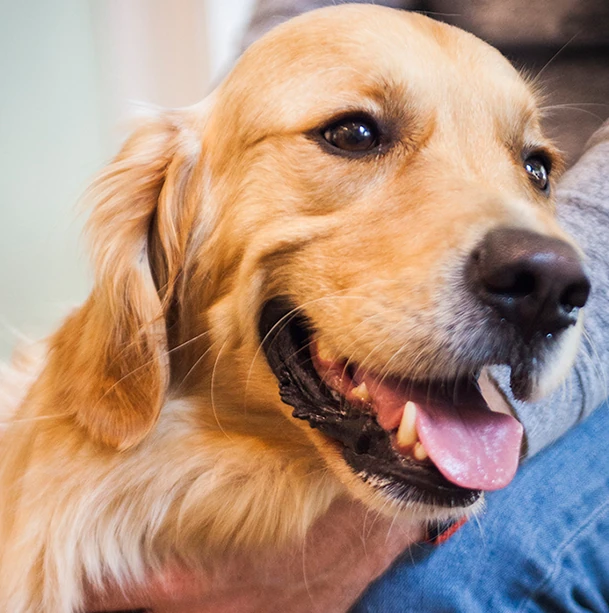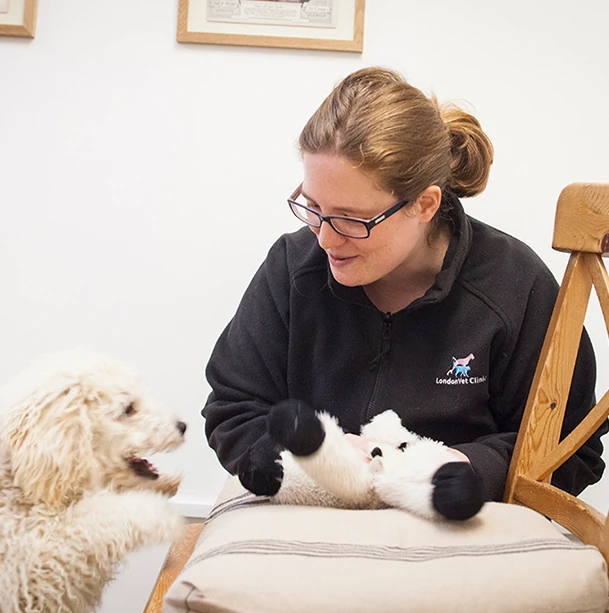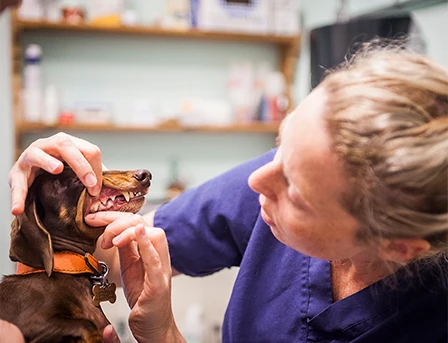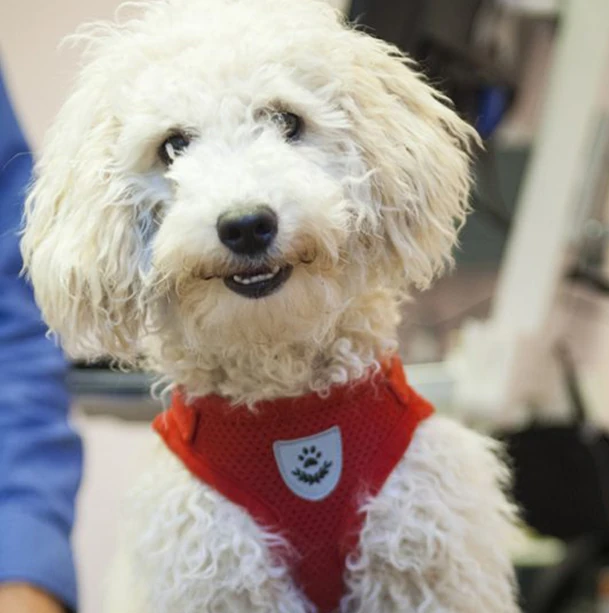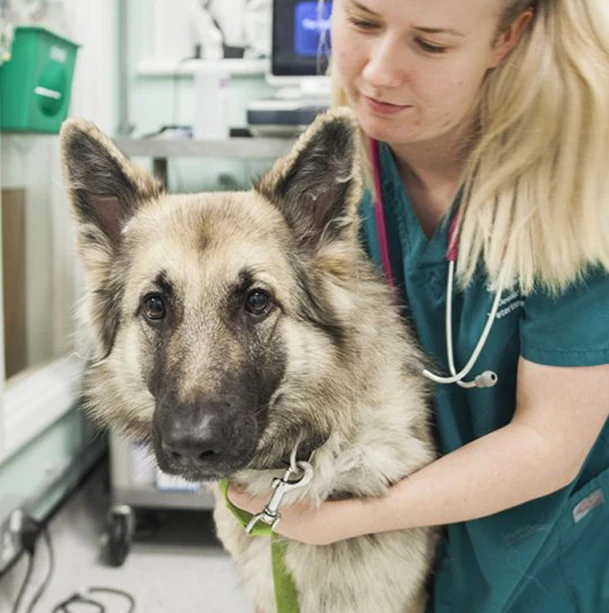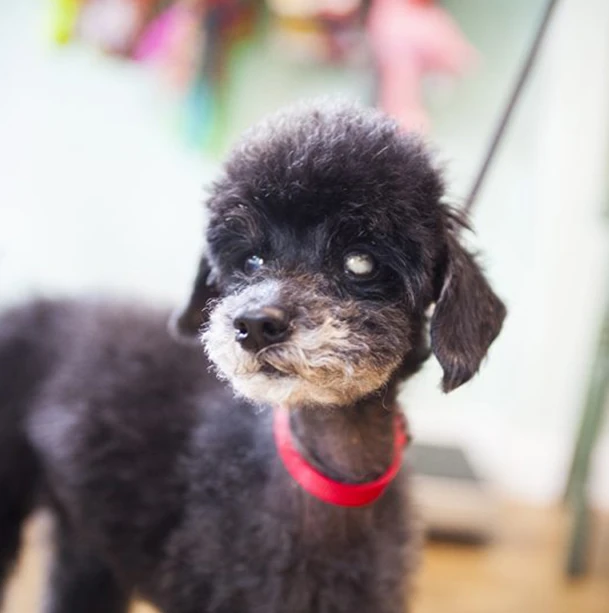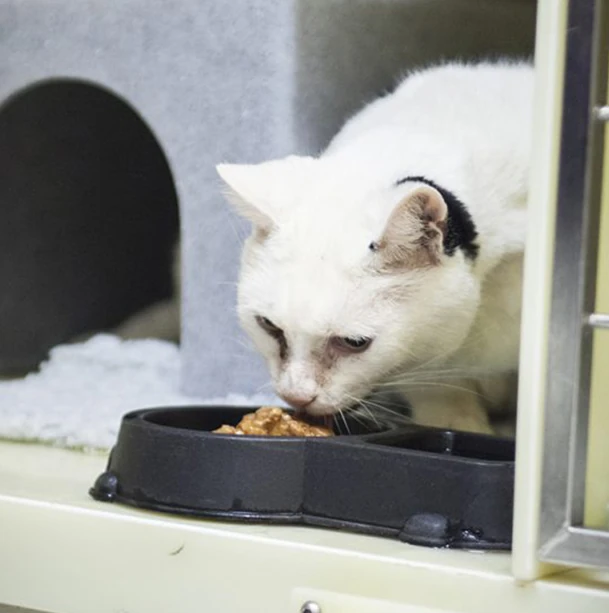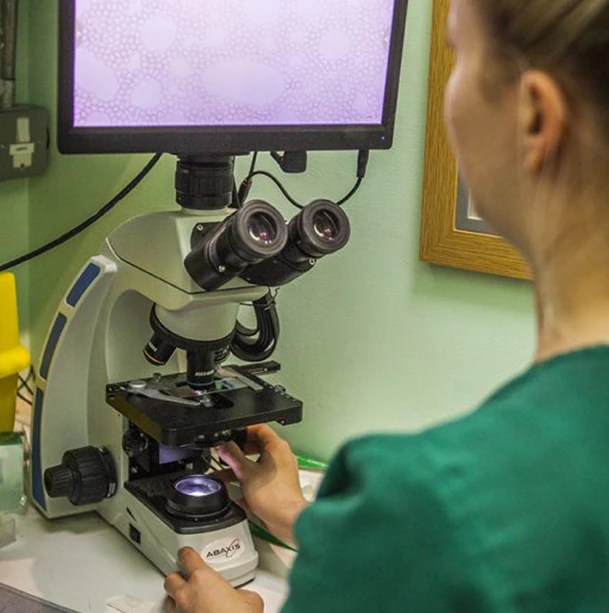Our facilities extend over three properties at 84, 86 and 88 York Street and include three comfortable reception areas and five consulting rooms with one that is specially for behaviour consultations. Away from view are modern glass-fronted ‘day dens’, for cats at 84 York Street and for dogs at 86 York Street. There are fully equipped operating and dental theatres, an x-ray suite, prep room and ultrasound facility. These are augmented by an advanced clinical laboratory and dispensary. Staff have their own kitchen and staff room. Our diagnostic facilities include electrocardiography, Doppler blood pressure, a range of diagnostic endoscopes and for ophthalmology a biological slit lamp. These are explained in more detail below.
